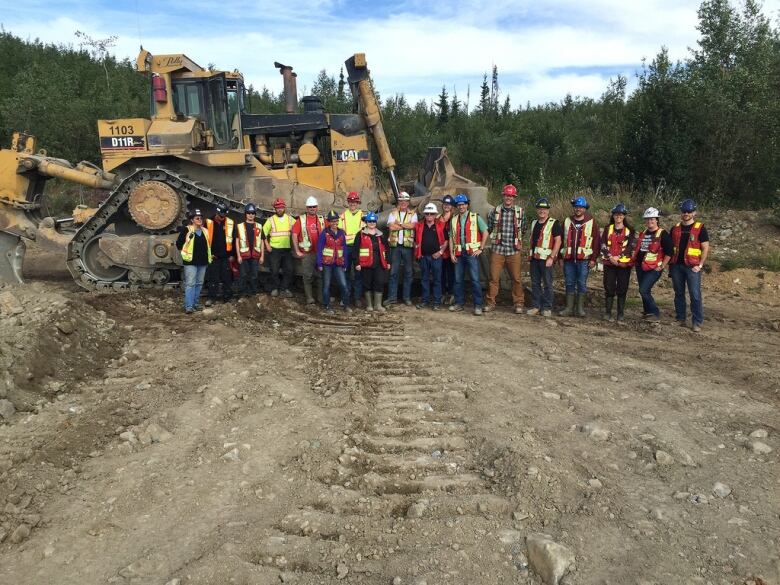Iqaluit is one of the most expensive cities in Canada to rent, CMHC says
Rental costs decreased in Yellowknife in 2016, report says; CMHC optimistic on Whitehorse's economy

Land availability in Nunavut's capital of Iqaluitis limiting newconstruction and further straining the city's dire housing situation, according to the Canada Mortgage and Housing Corporation.
In its 2017 northern housing report, the CMHCexamined housing markets for the three territorial capitals. It found that Iqaluit'ssocial housing need is direestimating between 160 and 180 units are needed to close the gapbut noted there are currently no new units under construction.
After consulting with industry stakeholders, the CMHC determined a lack of available land is partially to blame.
However, the report notes that there are plans to extend the Road to Nowhere community in Iqaluit, which could increase potential areas for construction.
Highest rents in Canada
Average rents in Iqaluitremain among the highest in Canada, with average rents for a two-bedroom coming in at $2,597 per month. According to the report, two thirds of Nunavut's population cannot afford market housing without assistance from their employer or the government.
- What can $1,800 get you for housing in the North? Nothing
- Nunavutloses 5 public housing units to fire in 3 weeks
As a result, the vast majority of rental units in Iqaluitare either social housing, government staff housing, or rented by businesses for use by their employees. Just nine per cent of rentals in Iqaluit involve private citizens renting directly from landlords.

The report noted thatNunavut'spopulation continues to grow a third of all households have five or more people in them in the territory. This will translate into a need for not just more social housing, but units with multiple bedrooms.
Housing sales up 33% in Yellowknife
Yellowknife's housing market was a mixed bag in 2016.
Despite a net out-migration for the territory (615 more people left the N.W.T. than entered it in the last two years), housing sales rose by 33 per cent in 2016. The majority of the increase came from the growing demand for condominiums and mobile homes. Asa result, the average home sale price in the city declined by one per cent, to $395,500.

Builders began work on 59 single-detached homes in the city in 2016, the highest number since 2004, and a 40 per cent increase from 2015. Increased demand for lower-cost housing and slowed down mine activity has caused rental costs to level out: average rent for a two-bedroom unit declined from $1,700 in 2015 to $1,636 in 2016.
The report used census data to estimate that most of Yellowknife's population 72 per cent can afford to rent or own at market rate without requiring government assistance. However, it also noted that many government subsidy programs are being underused.
Only 68 people across the N.W.T. took advantage of theNWT Housing Corporation's Transitional Rent Supplement Program in 2015. The programprovides up to $500 a month in rent for up to two years for families that earn under $70,000 and pay over 30 per cent of their income in rent.
The report didn't address Yellowknife's ongoing homelessness crisis.
- Ending Yellowknife homelessness would help 1,500 people but may cost $170M, says consultant
- Revised plan to end homelessness in Yellowknife could cost $113M, save even more
Rental construction up in Whitehorse

The capital also saw an 11 per cent increase in home sales in 2016, a pattern that CMHC is suggesting could increase as economic conditions continue to improve and more people transition to home ownership.Average prices for home sales increased by fiveper cent, to $380,000. For 2017, CMHC is predicting that number will continue to increase due to fewer listings and new builds in the city to between $394,000 and $404,000 this year.
CMHC was more bullish on Whitehorse than either of the other territorial capitals, explaining that optimism in the area could also bring in more people from out of territory, increasing rental demand.












_(720p).jpg)


 OFFICIAL HD MUSIC VIDEO.jpg)
.jpg)



























































































